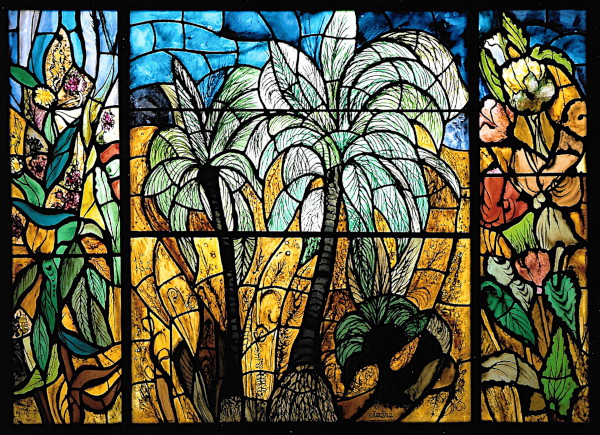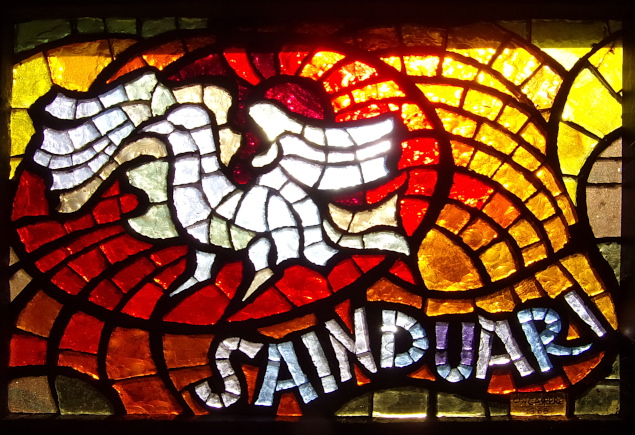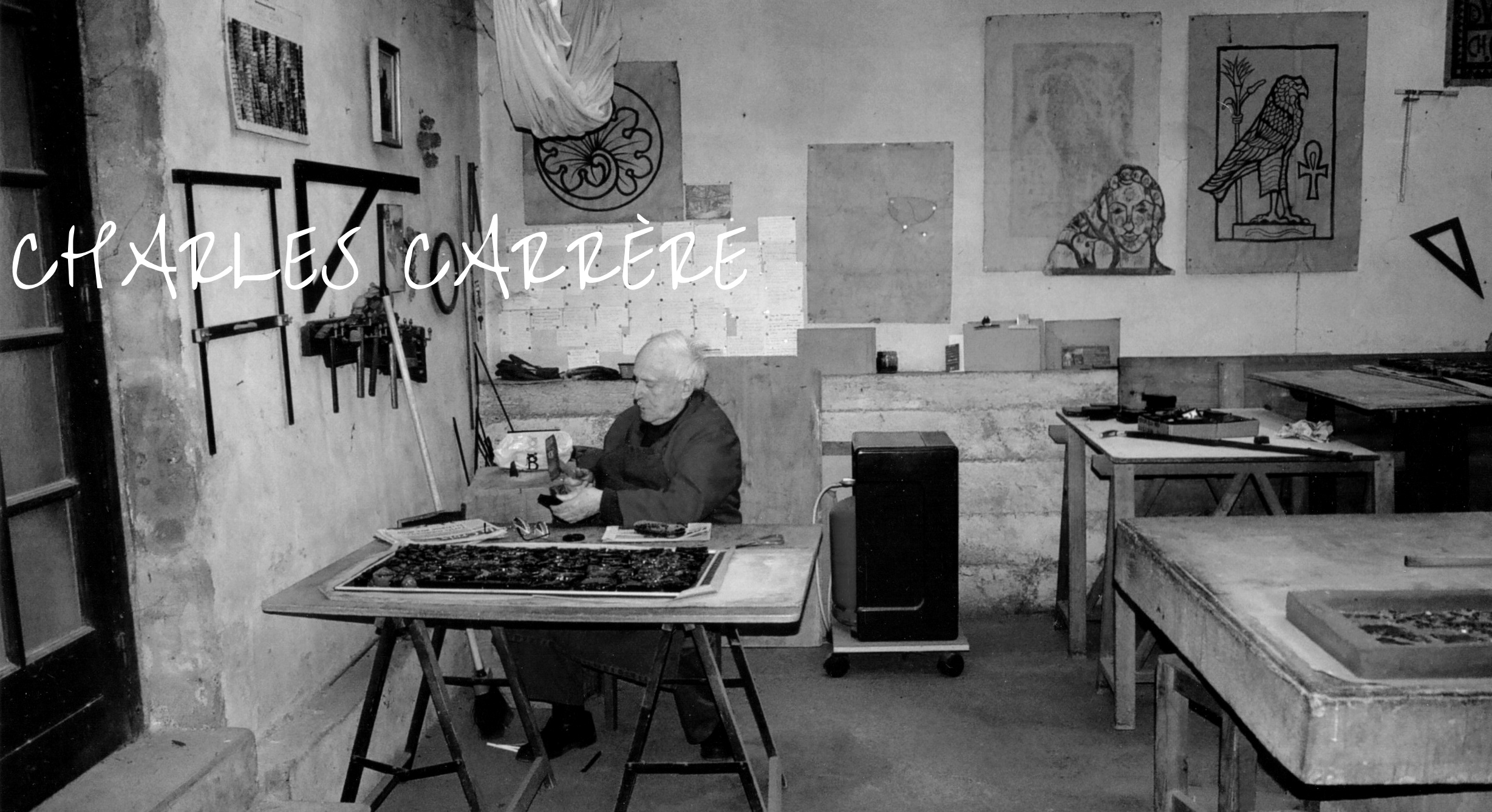
The master stained-glass artist
Charles Carrère was 19 years old when he began an apprenticeship with Jean Lesquibe, a master glassmaker based in Anglet. He waited 30 years before deciding to launch his own business.
In 1977, he moved to Anglet in Bellite in the family farm. His workshop occupies the ground floor.
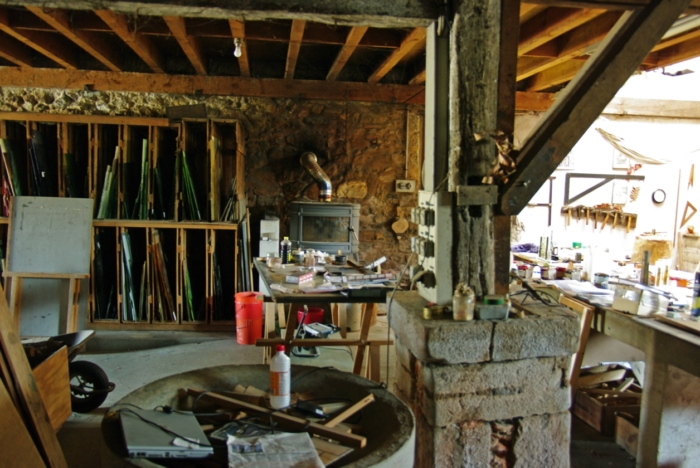
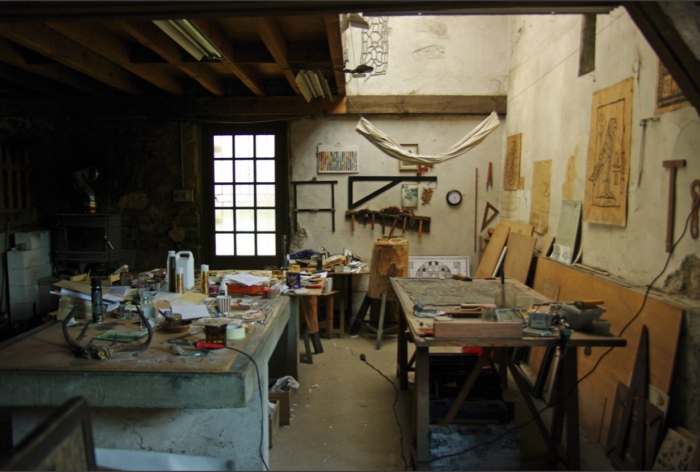
His first commissions were mainly for church windows: creations but also restorations. Later on, he coloured and illuminated homes, from modest houses to castles and public places with his work.
The secular work of the master stained-glass artist reveals the skill of an artist in very different fields: the representation of nature, creations based on fables and sometimes even coats of arms using the science of heraldry.
Charles Carrère approaches all styles. The Master is also very attracted by the medieval aestheticism. He likes to interpret it in his own way.
In his artist’s studio on the first floor, he chose to install a stained glass window with fantastic animals as found in the bestiaries of the medieval period. He also created a door in the glass roof of his private home with symbols from that period.
The religious work of the master stained-glass artist is the most important in terms of quantity. His religious culture was instilled in him as a child during his schooling with the Brothers of the Christian Schools in Bayonne.
All his religious stained glass windows display strong symbolism with sharp biblical references but also elements from the local culture.
At the age of 93 he still quoted entire parts from the bible from memory to explain his illustrations. He was also consulted by priests who wanted to know more about the stained glass windows of the parish they had just joined.
Creating a stained glass window
The first step was to establish a precise measurement of the window to be used for the stained glass. Charles Carrère has kept a good number of his 1/10th scale models. The model is obviously made in colour. It is very useful for explaining the idea to the client, who can then give his opinion and agree.
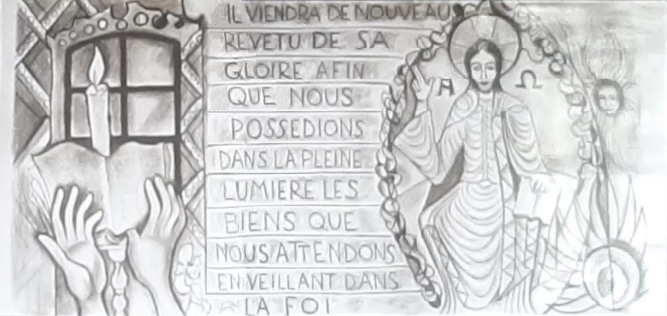
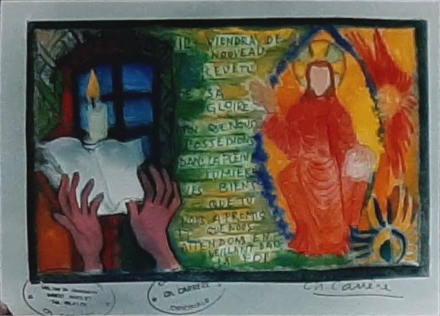
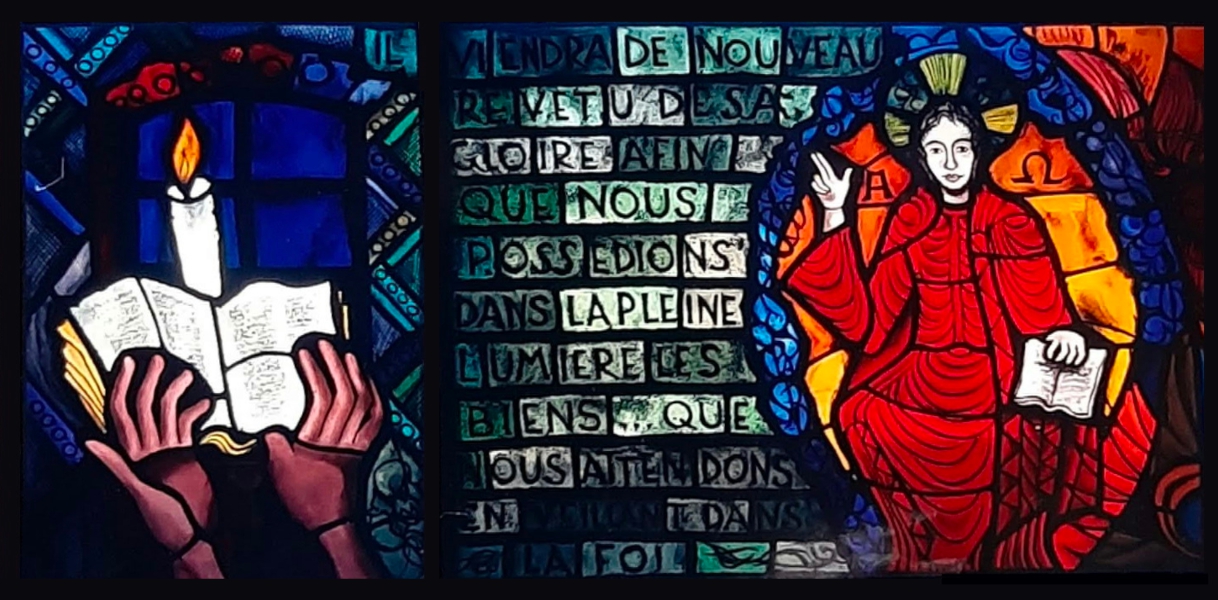
Once the client’s agreement has been obtained and signed, Charles Carrère begins the work of making the stained glass. He then reproduced the design of the stained glass window but at a scale of 1/1, i.e. at actual size. He defines the cutting points and then reproduces the design on a tracing paper with numbers and their exact position. Then the Master Glassmaker will choose the glasses according to the colours of his model. He will create gauges from the tracing paper in order to cut the glasses to the right size and shape. He cuts each piece very precisely. If there is a design to be added to the glass, he paints it with grisaille. Then the painted glass piece is fired to fix the grisaille. Finally, the crimping is the assembly of the glass pieces with lead rods. The intersections are soldered with tin. The lead network is then sealed by filling. A Focus will be written soon with explanations in pictures to fully understand the process.
Working with glass
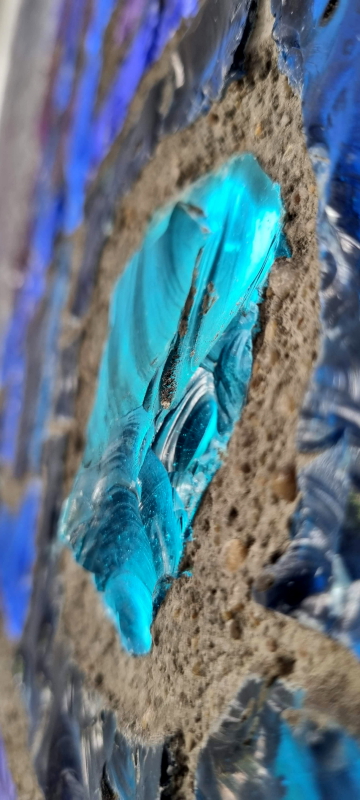
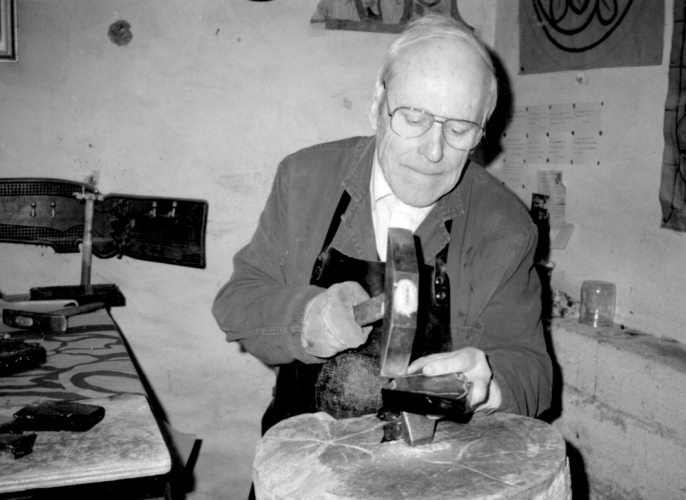
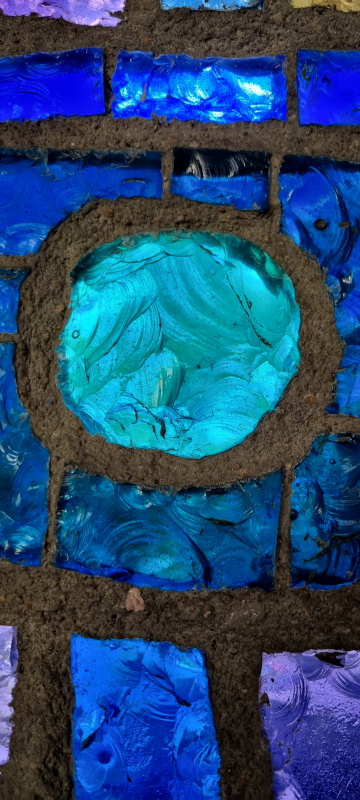
The choice of glass is important. When Charles Carrère chooses glass, it will be according to the creation. For a glass slab he can play with the thicknesses and even sculpt the glass. For the slabs are made up of pieces of glass about 2 cm thick, which can be shaped with a hammer. The assembly is done with cement. For a stained glass window, the glass is thinner. Charles Carrère chooses it himself from his suppliers:
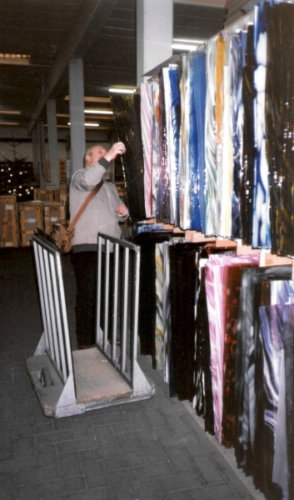
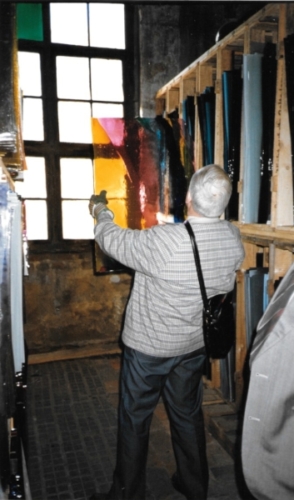
The Focus series offers regular articles with an analysis of a work. These focuses may concern stained glass windows, mosaics or drawings, paintings and collages of the artist.
Discovering the secular works of the master stained glass artist
Discovering the religious works of the master stained glass artist
This post is also available in: French

